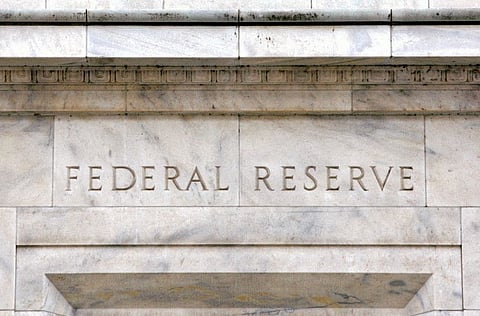Banks told to step up contingency funding plans by US regulators
The issue was spotlighted by the collapses of several lenders

Washington: US lenders should review plans for their funding needs to make sure they have access to a range of liquidity sources during times of stress, according to top banking regulators.
Banks should maintain “actionable” contingency plans and focus on liquidity risk management, agencies including the Federal Reserve and the Federal Deposit Insurance Corp. said Friday in an addendum to a joint statement. The issue was spotlighted by the collapses of several lenders, including Silicon Valley Bank, earlier this year.
“The events of the first half of 2023 have further underscored the importance of liquidity risk management and contingency funding planning,” the regulators said. “As seen in these events, the level and speed of deposit outflows at a few firms was unprecedented and contributed to acute liquidity and funding strain at those institutions.”
The agencies encouraged lenders to incorporate the Fed’s discount window as part of their contingency funding plans.
A few Fed officials recently have said that banks should be prepared to access the discount window if needed. Chair Jerome Powell, in a press conference Wednesday following the central bank’s July monetary policy meeting, said the bank turmoil showed that the emergency facility can be “clunky” to use.
Banks borrowed a record $152.85 billion from the discount window during the week that SVB failed in March. Significant backstop borrowing continued through April, but has since subsided as banking sector stress waned. The prior all-time high was $111 billion reached during the 2008 financial crisis.
Some banks are reluctant to turn to the discount window for fear they will be stigmatized. The Fed publicly releases borrower names two years after they use the facility.
The speed of deposit runs at SVB and other lenders, with billions of dollars flowing out of accounts in a single day, has led policymakers to call for increased bank access to the discount window. Fed member institutions need to first sign up for the facility, a process that can take some time, and need to pledge eligible collateral in order to borrow funds.
“I believe every bank should be fully prepared to borrow from the Federal Reserve’s discount window and to test its use regularly, including moving collateral between the Fed and the FHLBs,” Dallas Fed President Lorie Logan said in a May speech, referring to the Federal Home Loan Banks. “It’s a sign your bank is strong, manages risk well and is fully prepared to serve your customers’ needs.”
The Fed in April unveiled a 102-page assessment of its oversight of Silicon Valley Bank. It said weakness in SVB’s “preparedness for a contingent liquidity event” might have contributed to the bank’s inability to access contingency funding sources when it was needed. The review also found that the bank hadn’t arranged for enough access to repo funding and hadn’t signed up for the Fed’s Standing Repurchase Agreement facility.
“While contingent funding may not have been able to prevent the failure of the bank after the historic run on the bank, the lack of preparedness may have contributed to how quickly it failed,” the Fed wrote.
In a speech in May, Fed Governor Michelle Bowman said another review was needed - this time by an independent third party.
Bowman said it should cover a longer time period and more topics, such as any operational issues with discount window lending, Fedwire services and transfer of collateral from the Federal Home Loan Banks.
Sign up for the Daily Briefing
Get the latest news and updates straight to your inbox



